I look out the window of the plane and see a winter wonderland beneath what’s left of the Monday blue hour. The sun had set once we touched down at Oslo Gardermoen Airport, and we had arrived in Norway, the lands the notorious Vikings once called their home. It was my first adventure of the year, and I had no doubt that it was going to be a cold one. Tesla Motors had kindly invited us for an Ice driving experience in the heart of Norway, something I was very much looking forward to.
Besides travelling out to Norway to drive dual motor Tesla’s on ice and snow, there are a number of other reasons I could think of why this trip couldn’t be any more interesting. Think of the impact the extreme cold has on the car’s performance and battery life, or the supposedly increased performance and traction of Tesla’s electric all-wheel drive system. The latter speaking directly to the heavy car’s handling capabilities, which I was similarly eager to find out about. Finding it almost impossible to get the 2300 kilograms heavy Tesla Model S sliding on wet tarmac last summer, I couldn’t wait to give it another try on pure ice. The answers to the questions above I intend to answer as accurately as possible throughout the story.
After a quick introduction and a much-needed warm cup of coffee, we head out to the airport’s parking garage to allocate the test vehicles Tesla Motors had prepared for us. Once we enter the garage, it appeared to be quite the task to find the test vehicles. This wasn’t very surprising when you think about it, Norway is actually Tesla’s most important market in Europe at the moment. To accommodate the EV trend, the airport has devoted a complete parking deck to EV parking and charging, and here we found at least a hundred Tesla Model S, no kidding. I tried to be smart by suggesting; Hey, why don’t we use the “summon feature”? Realizing shortly afterwards that Tesla’s latest software update is still up for review at European legislative authorities, while our friends across the Atlantic already enjoy its new features.
After a short but cold expedition through the airport’s parking garage, we found the Model S test vehicles charging in the very back. For our roadtrip to Geilo that evening, we were blessed with the most powerful Model S Tesla currently has to offer. In December 2015 I had the opportunity to experience it, read about the Tesla Model S P90D here. We were on our way shortly, with the navigation pinpointed at the most strategically located supercharger, which was near the city of Drammen. On the way to the supercharger, we passed Norway’s capital, Oslo, and mainly experienced the Tesla Model S P90D on highways covered with snow.
The highway stretch was a warm-up for the more twisty and uphill segments of the roadtrip, and the Model S performed just fine, giving you the impression it can still do well-over the speed limit despite the less than ideal road conditions. As for the range, I didn’t notice it decreasing particularly fast compared to previous experiences with the Tesla Model S. The cold affecting the battery life is however inevitable, but more on that later.
Felling rather comfortable driving the Model S in these conditions, I decided to give autopilot a try. It was a long shot of course, given the road conditions and the fact that the road markings were near to invisible. Unsurprisingly it didn’t work, and neither did the adaptive cruise control. Upon arrival at the supercharger, we soon found out why. The front and back of the car were completely frozen over, denying the cameras the visibility needed to safely use the car’s autonomous driving features.
Upon arrival at our first stop, the cars were in for a mandatory charge before continuing our journey westwards. In the mean time, we made use of the fact that superchargers always come with dining options next to it and grabbed a bite to eat.
With the cars fully charged, we were soon on our way to the winter resort of Geilo. With a 400 kilometers of range, and a 225-kilometer journey ahead of us. We soon hit the Norwegian mountain roads. At times we didn’t encounter any traffic for 20 minutes at a time, gave us a little more freedom to make up for some lost time, something the Model S has no problem with at all. The 700+ combined horsepower felt very well controlled by the AWD system, whilst effortlessly pulling the car, which weighs over 2 tons, across the frozen Norwegian countryside.
It was pitch black, but clear overhead, and the bright moon illuminated the frozen Fjords along the route, creating breathtaking views that I will never forget. Asides from getting distracted by the country’s beautiful scenery, it’s interesting to note that those wildlife signs weren’t displayed without reason. Two hours into our journey, we came around a bend to see a rather large moose crossing the last bit of road before disappearing into the forest. As interesting of a match the 2300 kg Tesla Model S and 800 kg moose might have been, it wasn’t something I was prepared to die for to find out and I was therefore glad we didn’t come round that bend a few seconds earlier.
After an adventurous three and a half hour drive we finally arrived at our destination in Geilo. We stayed the night at the Vestlia Resort, situated adjacent to the local ski area. I took the moment to reflect on the car’s battery life upon arrival. The display showed a mere 75 kilometers of range left in the battery. Considering the almost four hour trip across mountainous terrain and icy conditions, I can’t say I was disappointed.
The trip was approximately 225 kilometers in length, starting out with a range of 400 kilometers. With 75 kilometers left, I would argue that unsurprisingly the freezing -20 degrees Celsius have had quite an impact on the car’s battery life throughout the trip. Seeing the situation and weather conditions, plus the fact the car was fully loaded with four people and luggage, the car still performed well in my opinion.
The next morning, we joined a short presentation on Tesla’s AWD system before we headed out for some proper fun ice driving. As you may know, the Tesla all-wheel drive system is quite different from the conventional all-wheel drive system. Tesla Motors built their dual motor AWD from the ground up, nicknaming it “the skateboard”. It’s basically a floor plate on which the large battery is positioned, a motor powering the rear wheels and a motor powering the front wheels. The power distribution is calculated and generated based upon the surface, delivering instant response in any or all of the four wheels to get the best possible traction. This system has a huge advantage over a conventional AWD system, logically so. A combustion engine that needs to distribute power to all four wheels will always have a delay in response, while it is also incapable of delivering the maximum amount of torque at any given moment.
Mechanical AWD has of course been improved over the years, and so have the torque vectoring capabilities of non-electric cars. Fact of the matter is that the response time of a combustion engine powered AWD system simply can’t compare with its electrical counterpart. This delayed response might just be the difference when losing traction going round a bend.
After the presentation, it was time to put the Model S’ “unparalleled traction” to the test on a lake that was completely frozen over. A short but scenic drive brought us to the small Dagali airstrip. The Dagali airport was built in the early 1970’s, mainly serving the nearby Geilo winter sports resort. Especially popular among British tourists, the airport is still in service and has been offering direct flight connections with the UK throughout its existence. Situated adjacent to the lake, it was quite hard to distinguish the actual airstrip from the frozen over lake.
Using the airport’s tiny wooden terminal and tourist information centre, we were presented with a quick introduction of the parcours, safety rules and schedule. The Tesla team carved out a nice and curvy track on which we could let ourselves go, with the needed caution of course. A few accelerations on the carved out drag strip and sliding maneuvers around the slalom wrapped up that day’s schedule.
We started out with the drag strip and slalom, an excellent way to get acquainted with car’s handling on pure ice. The Model S P90D with ludicrous mode, capable of sprinting to a 100 km/h in just 2.9 seconds, does the same trick on pure ice in less than 7 seconds. While that is very impressive, I was more intrigued by how the car handled the slalom. Given its colossal weight, it was almost if the car simply refused to slide, similar to what I had experienced last year. In order to get it slipping, a serious push down on the throttle was needed to make it go sideways. Maneuvering around the lined up pylons, it was easy to find traction and steer into the right direction whenever I saw the snow banks closing in on me.
Shortly after getting familiar with the car’s behavior on ice and a short coffee break, it was time to hit the ice track. As with every track you drive for the first time, confidence grows every lap you take. A funny detail here was the navigation indicating we were driving on water, just in case there was any doubt about it being an actual frozen lake. The track was short but twisty, providing us with plenty of opportunity to push the car to its limits and perform a few nice drifts. After about 10 laps, it was time to return to the terminal and get ready to drive back to Geilo.
All that was left was a four-hour shuttle ride to Oslo airport, giving us enough time to reflect upon the experiences earlier that day. Regarding the electric AWD versus mechanical AWD, I have no doubt about the advantages and increased performance of electric AWD over conventional AWD having it experienced first hand. Despite its massive weight, the car is fairly easy to control when sliding. Whereas with most heavy vehicles a simply slide could easily be fatal, this isn’t the case with the Tesla Model S, as it is capable of regaining traction quickly and delivering sufficient torque to pull the car out of a slip.
As expected the cold temperature does however affect the car’s battery life and therefore the car’s performance. Though the slight decrease in performance is not particularly noticeable when driving on ice. Ultimately this brings us back to the car’s range, which is clearly affected by the freezing winter conditions. The endless debate on the range of electrical cars is not something I intend to address here, as everyone is capable of drawing their own conclusions. We would like to thank Tesla Motors for inviting us along to experience their electrical AWD on ice and snow. It was a memorable experience.


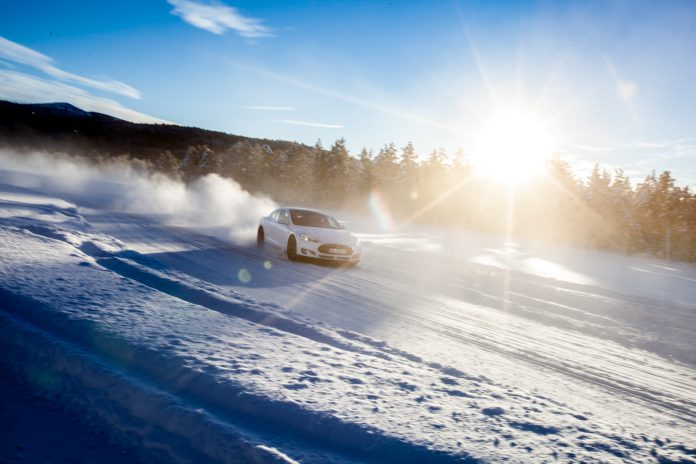

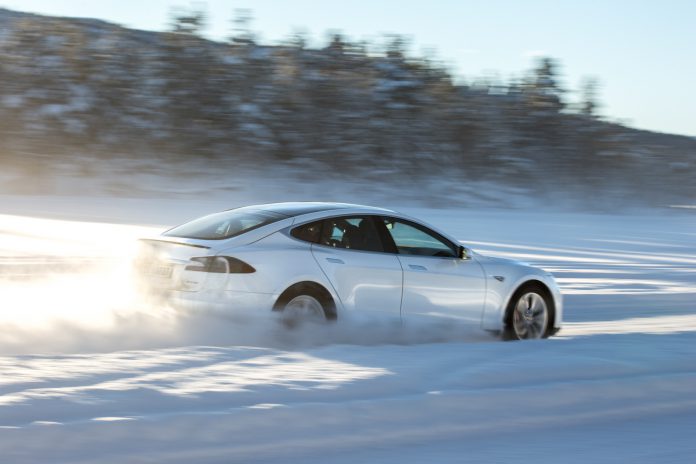
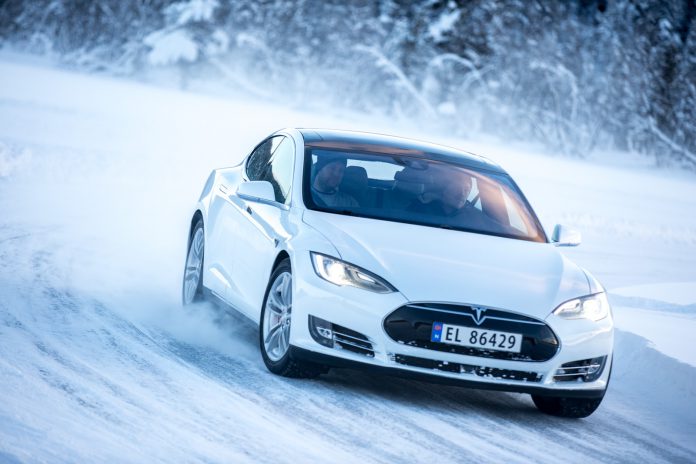
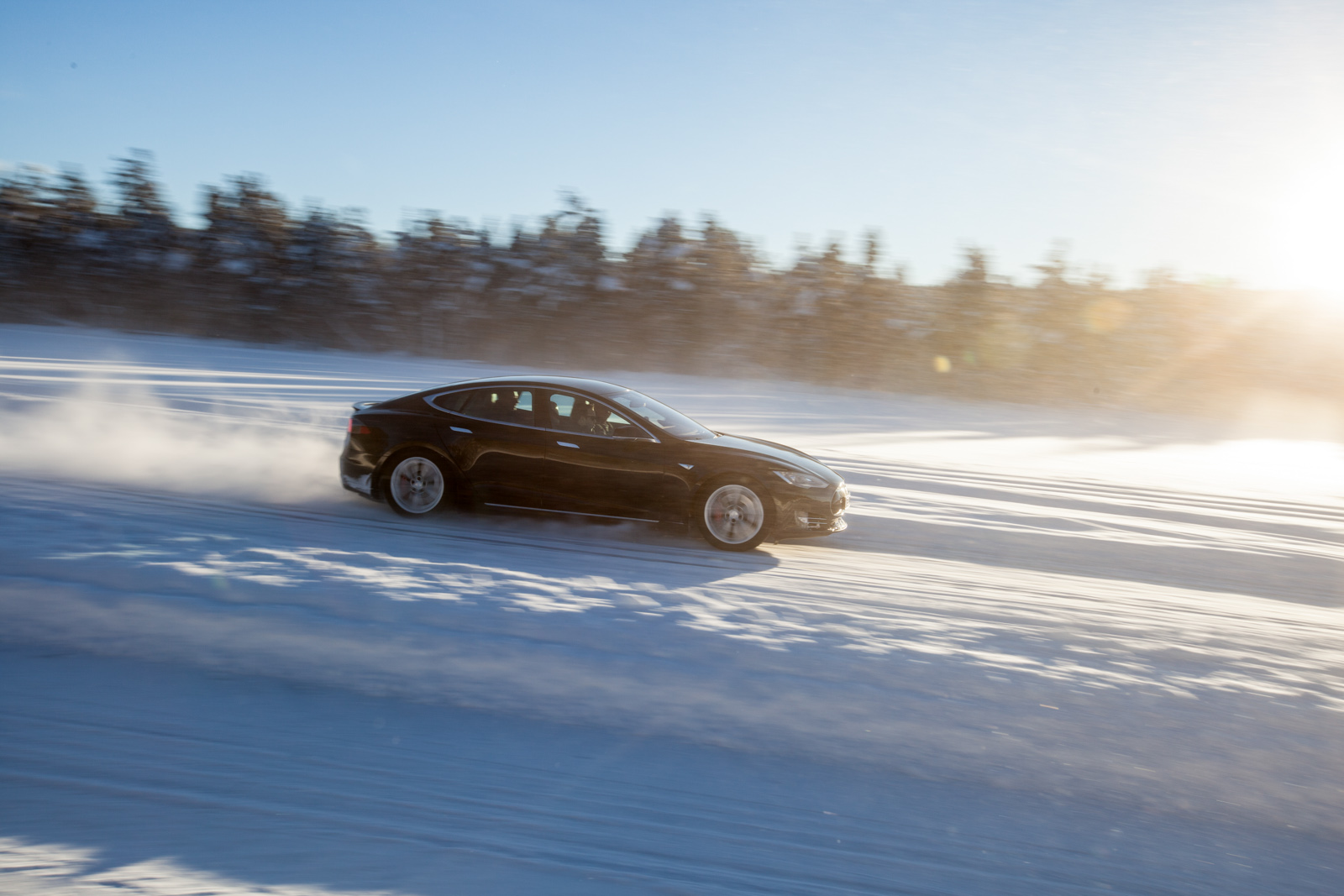
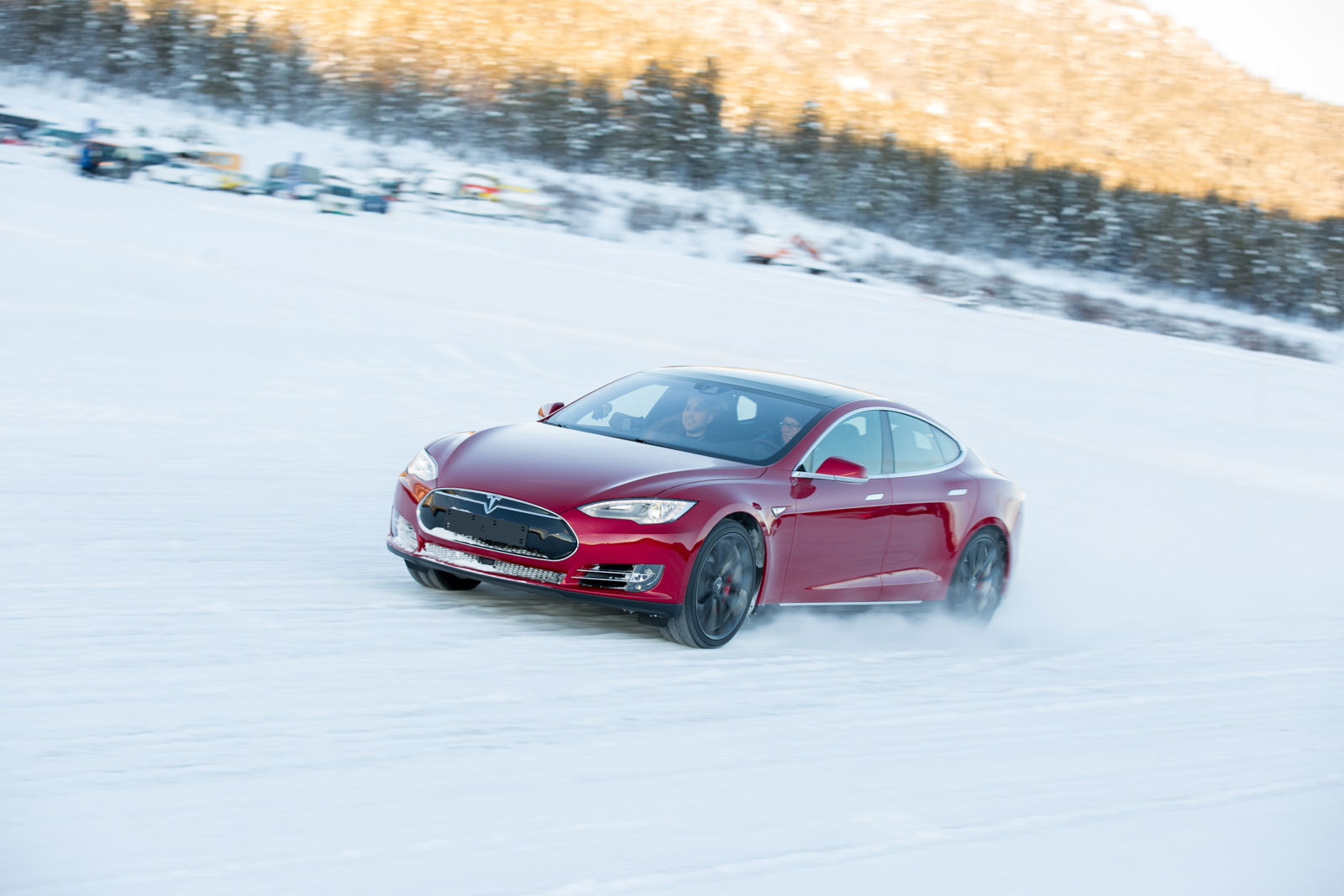







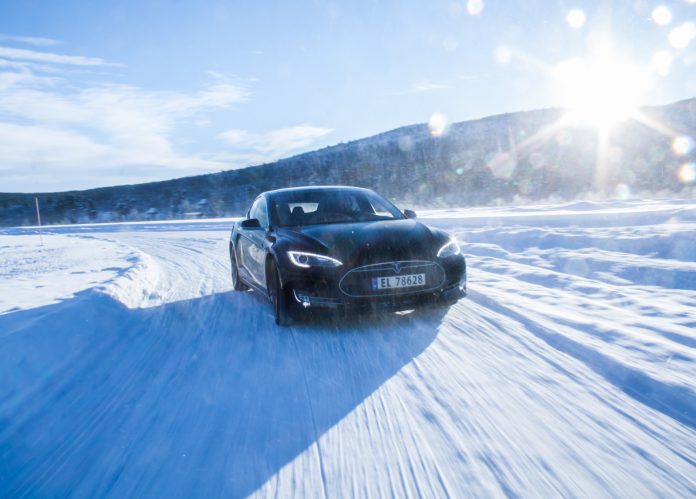
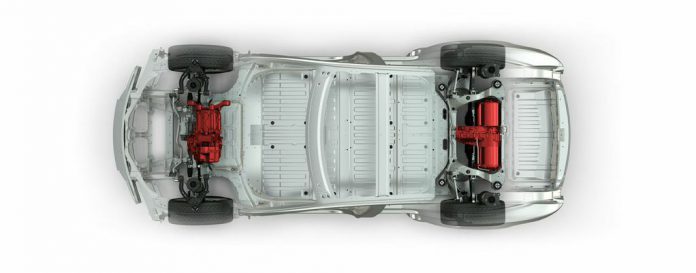

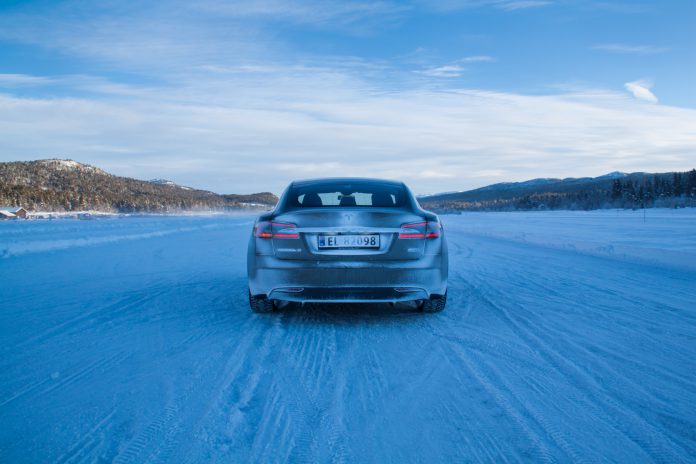
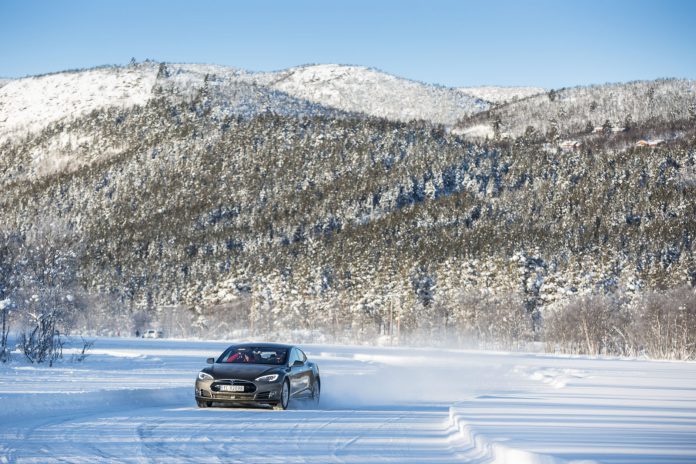











“prepared TO DIE for”
Petrol cars also suffer significantly reduced range in cold conditions. It would only be fair to mention that? Great article!
Nice article, but there are few small factual errors in it.
The airport in Geilo, Dagali, closed in 2003 for tourist traffic due to not be a commercial success. 800m/2400 feet of the runway is still used as a GA field, the rest is a Go cart track these days.
No true fjords on the route from Oslo to Geilo, pretty scenery yes, but no fjords. Those are mostly in the western and northern part of the country.
And sadly the Norwegian mountain roads your drove was most likely one of the main routes connecting Oslo with the second largest city Bergen, sadly road infrastructure in Norway is not very good :-(((
Hi Anon,
Thanks for pointing out the errors. As you may have noticed, it was personally my first time in Norway. Despite the route we took, I still found the scenery amazing!